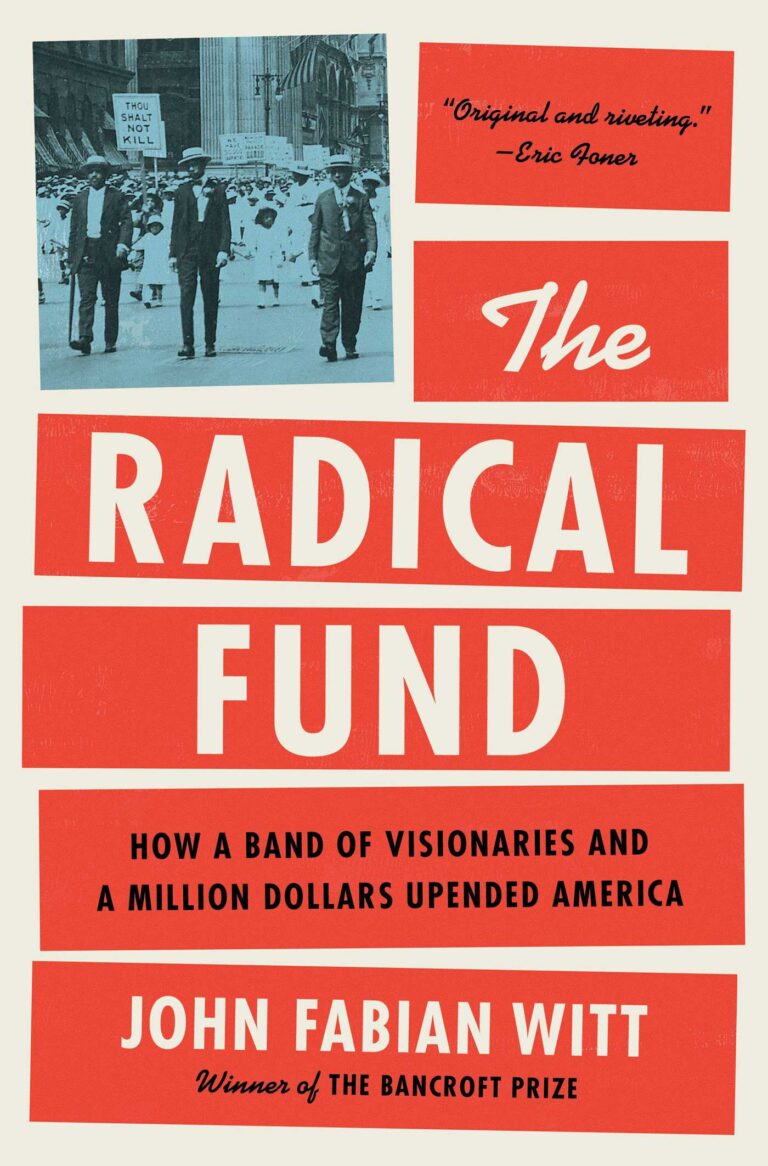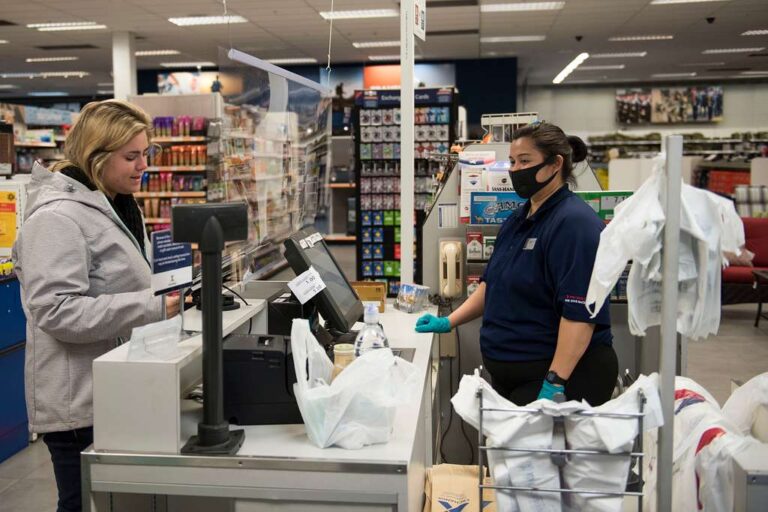
Alexandra Butler is a student at Harvard Law School.
In response to mass unemployment during the COVID-19 crisis, some members of Congress are proposing a “return-to-work” payment to incentivize people to go back to work. Such a suggestion is being billed as a potential compromise in the midst of a largely partisan debate about whether to maintain Congress’s $600 increase in the amount of unemployment funds provided to claimants beyond August 1. Some have questioned the return-to-work proposal’s safety, as well as its ability to properly address unemployment, noting that such an incentive may place people at risk and that the incentive’s existence cannot create jobs.
As Maxwell reported yesterday, the pandemic has continued to devastate company payrolls across several industries, including the airline industry. In response to decreased travel, American Airlines recently announced a 30% reduction in its management and administrative staff, also indicating potential future furloughs for its pilots and flight attendants. The 30% reduction will rely on a mixture of voluntary employee buyouts and forced layoffs, with the layoffs taking full effect after September 30. The delay is in accordance with a federal mandate that requires those companies that received COV-ID 19 financial relief, including American Airlines, to maintain their payrolls until the end of September.
As states begin to reopen, corporate employers are working to implement health and safety measures to facilitate employees’ safe transition back to the office. To assist in this endeavor, the Center for Disease Control (CDC) recently issued a set of guidelines recommending steps that both companies and their employees can take to create a safe working environment. For employers, such steps include increasing ventilation, limiting the use of common space, incentivizing solo commutes and identifying employees with potential COVID-19 symptoms. For employees, the CDC recommends standard health precautions, such as frequent hand-washing and isolation when possible. According to the New York Times, the detailed guidelines, will cause “a far-reaching remaking of the corporate work experience,” while some employers, such as Twitter, have considered permanently maintaining their current work-from-home format.
For Giant Food workers, states’ decisions to reopen mark the end of a 10% hazard pay increase that the company established in response to its employees’ continued work during the pandemic. The program is scheduled to end on May 30, yet some local unions of the United Food and Commercial Workers Union are advocating for continued hazard pay until the health crisis has ended. In addition, as a means to further protect workers, UFCW is demanding that Giant limit store capacity to 50 customers in stores at a time.
In response to Amazon’s refusal to disclose the total number of COVID-19 infections among its employees, individual employees at its warehouses and Whole Foods stores are collecting the information themselves, the LA Times reports. Yet, these efforts are curtailed by what some employees identify as Amazon’s ineffective and inconsistent mechanisms to notify workers of infections at individual warehouses and stores. Several employees have complained that they do not receive notifications, while others have highlighted the limited amount of information that Amazon provides about positive cases. Amazon’s actions highlight the limitations of legal disclosure requirements for employers during the pandemic, the LA Times specifically identifying holes in state and local law in California.
In Florida, an Enterprise Rent-A-Car employee is bringing a class action suit against her employer under the Worker Adjustment and Retraining Notification (WARN) Act. The Act requires that employers notify their employees of plant closings and mass layoffs, as defined in the Act, 60 days in advance of their occurrence. The requirement is subject to two exceptions, one of which excuses employers from the notice requirement in cases of “business circumstances that were not reasonably foreseeable.” In such a case, the notice requirement reduces to that which is “practicable.” The complaint alleges that Enterprise’s violation of the Act stemmed from its knowledge of the economic impacts of COVID-19 on the rental car industry and its subsequent failure to provide 60 day notice or “as much notice as practicable under the circumstances.”






Daily News & Commentary
Start your day with our roundup of the latest labor developments. See all
November 6
Starbucks workers authorize a strike; Sixth Circuit rejects Thryv remedies; OPEIU tries to intervene to defend the NLRB.
November 5
Denver Labor helps workers recover over $2.3 million in unpaid wages; the Eighth Circuit denies a request for an en ban hearing on Minnesota’s ban on captive audience meetings; and many top labor unions break from AFGE’s support for a Republican-backed government funding bill.
November 4
Second Circuit declines to revive musician’s defamation claims against former student; Trump administration adds new eligibility requirements for employers under the Public Service Loan Forgiveness program; major labor unions break with the AFGE's stance on the government shutdown.
November 3
Fifth Circuit rejects Thryv remedies, Third Circuit considers applying Ames to NJ statute, and some circuits relax McDonnell Douglas framework.
November 2
In today’s news and commentary, states tackle “stay-or-pay” contracts, a new preliminary injunction bars additional shutdown layoffs, and two federal judges order the Trump administration to fund SNAP. Earlier this year, NLRB acting general counsel William Cowen rescinded a 2024 NLRB memo targeting “stay-or-pay” contracts. Former General Counsel Jennifer Abruzzo had declared that these kinds […]
October 31
DHS ends work permit renewal grace period; Starbucks strike authorization vote; captive-audience ban case appeal